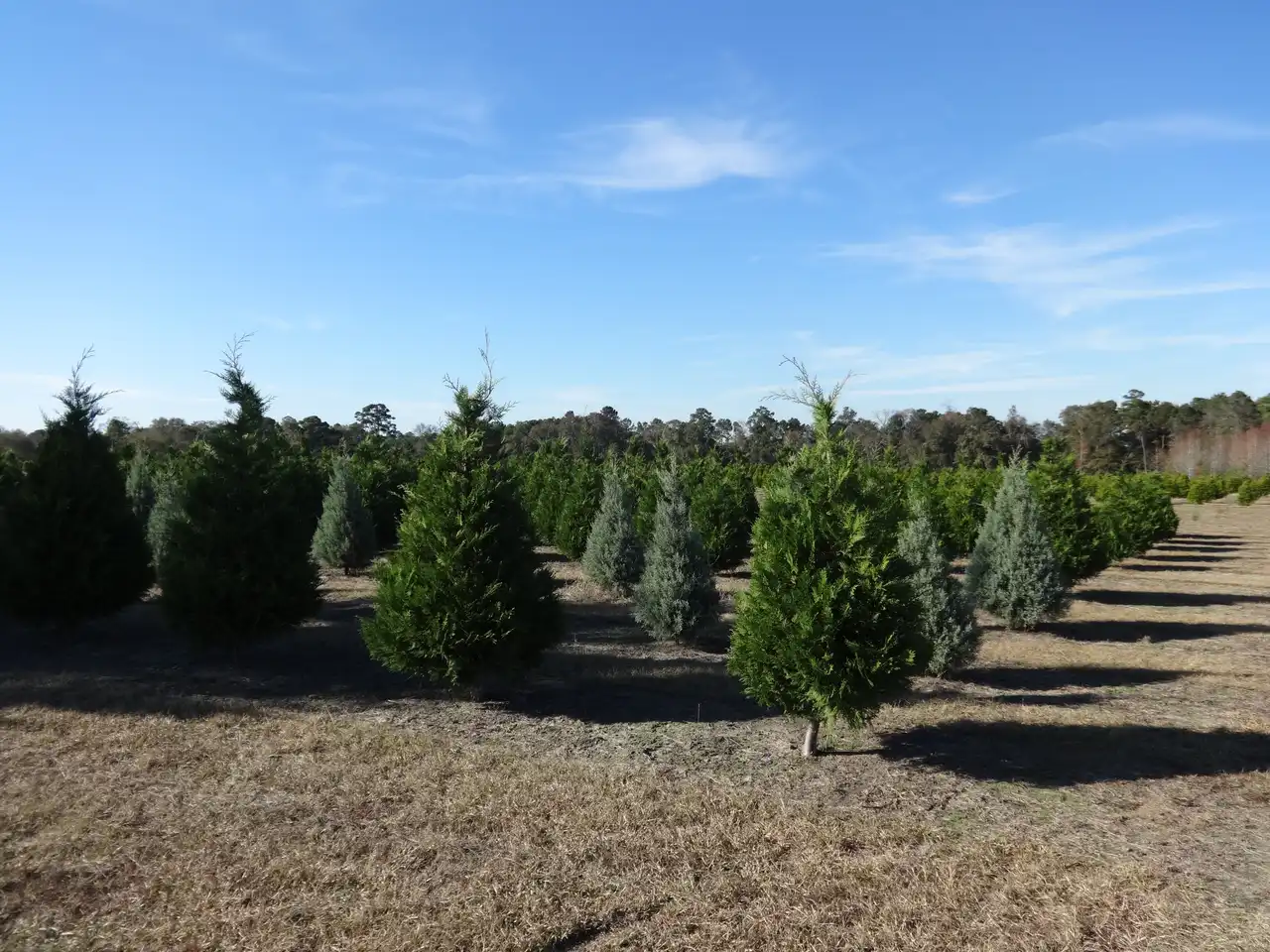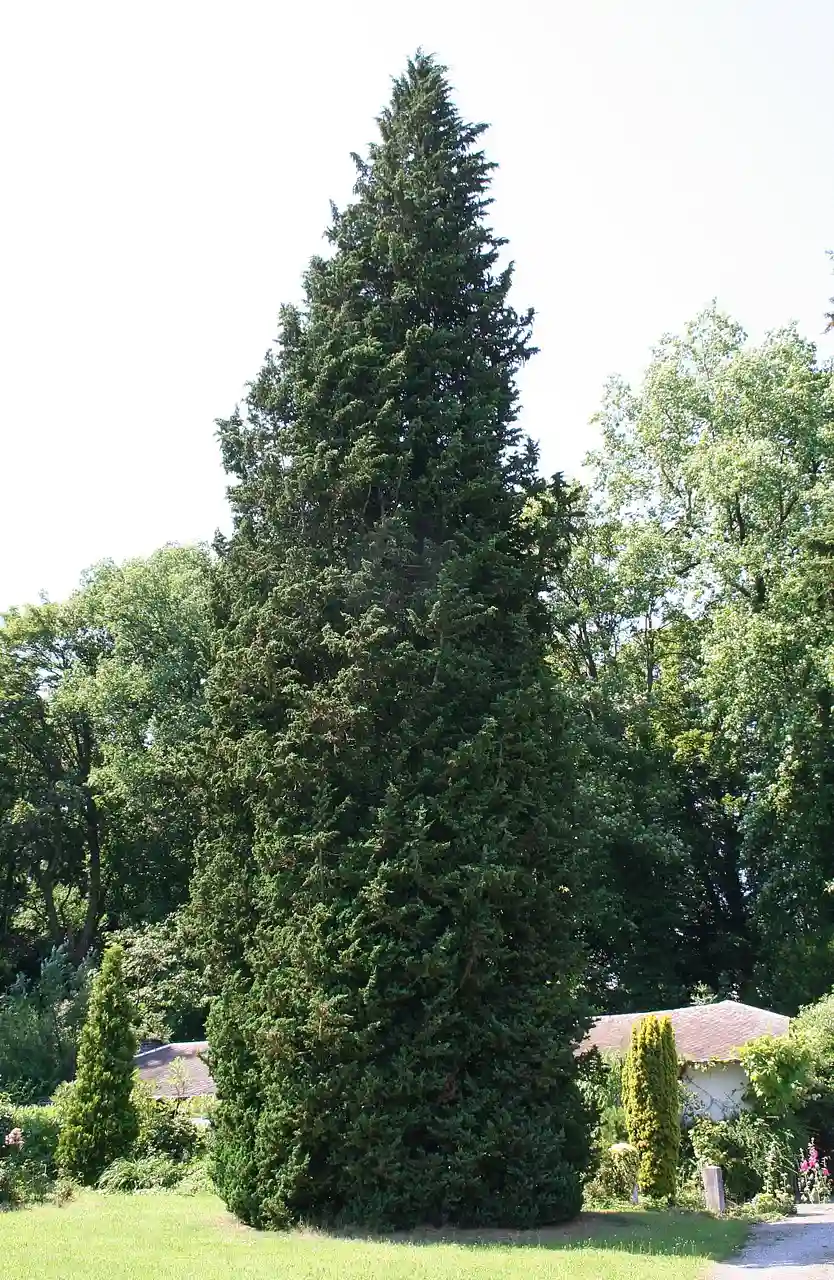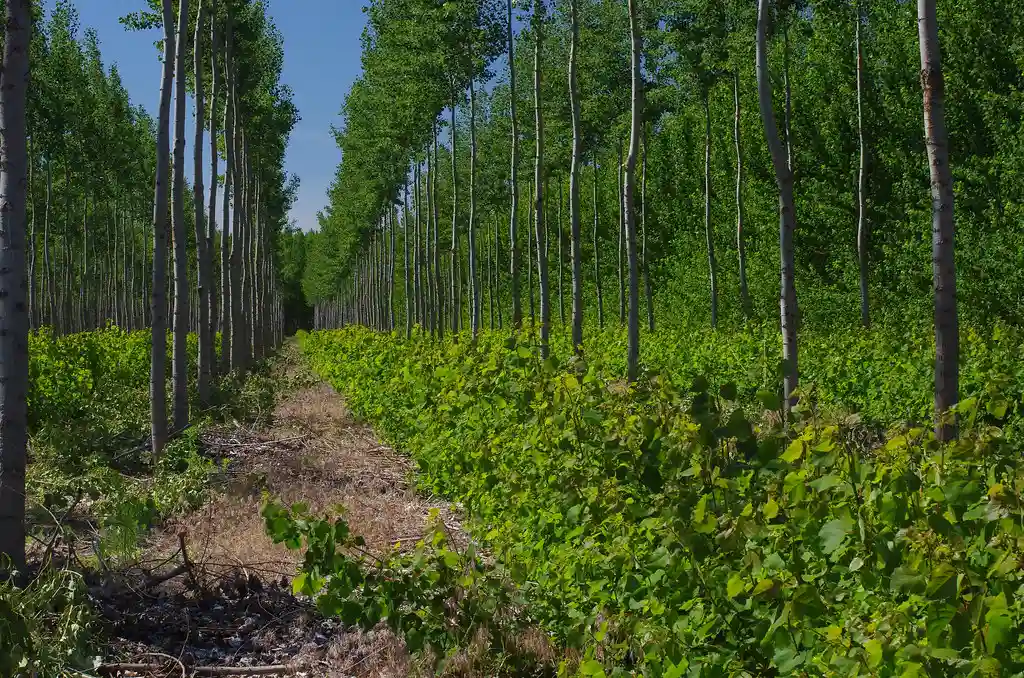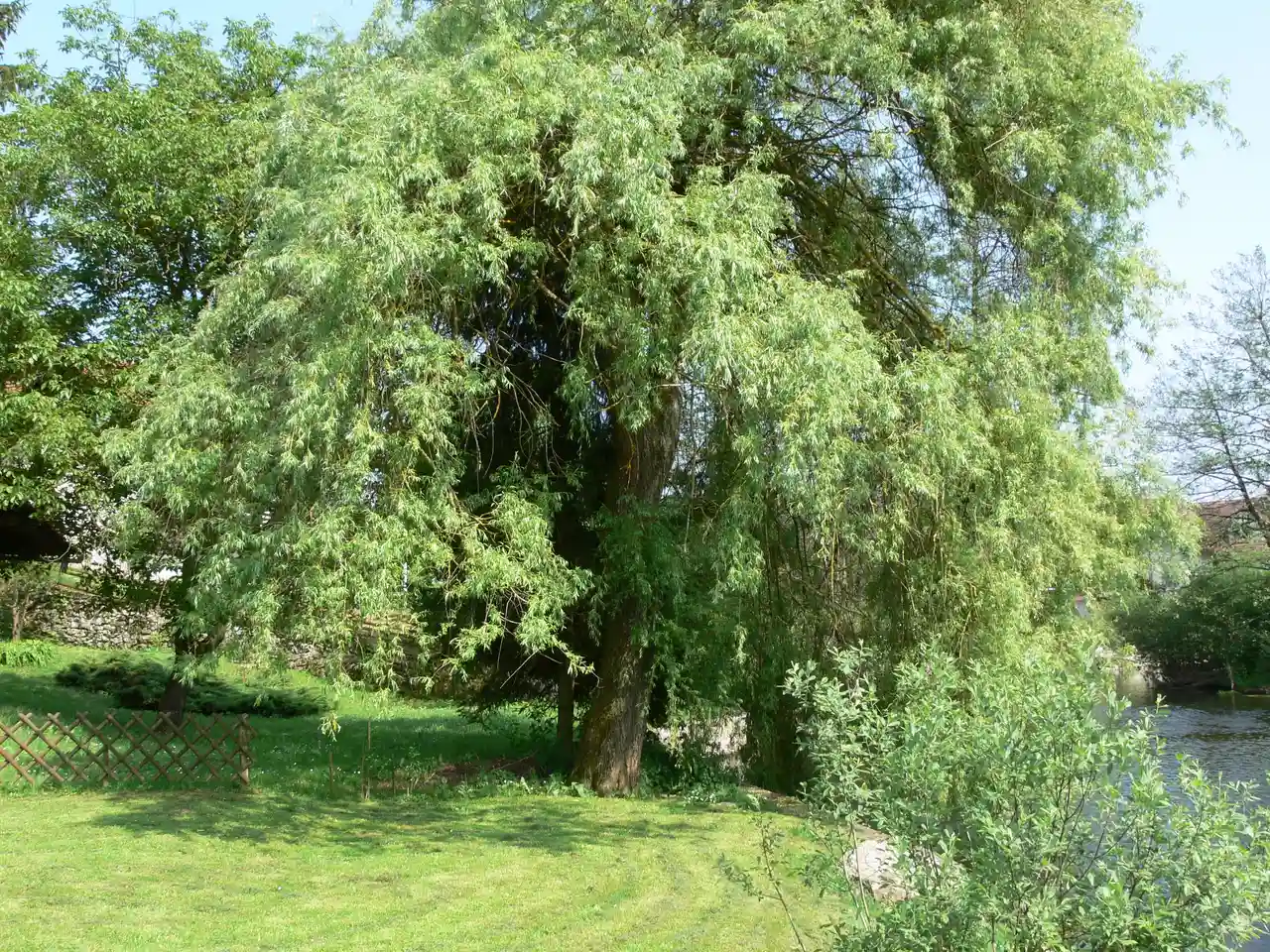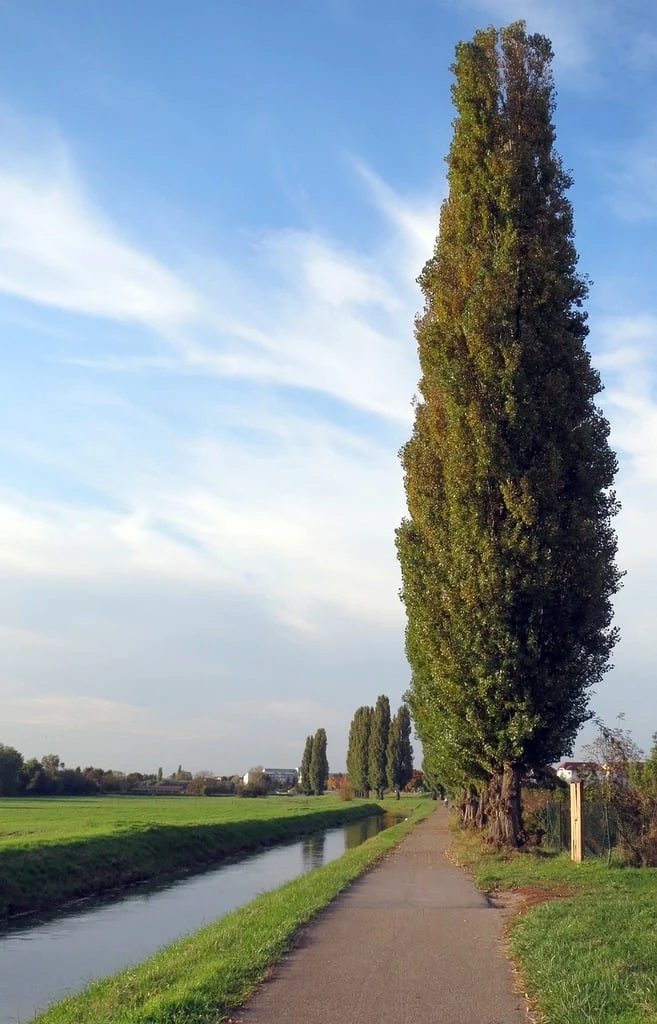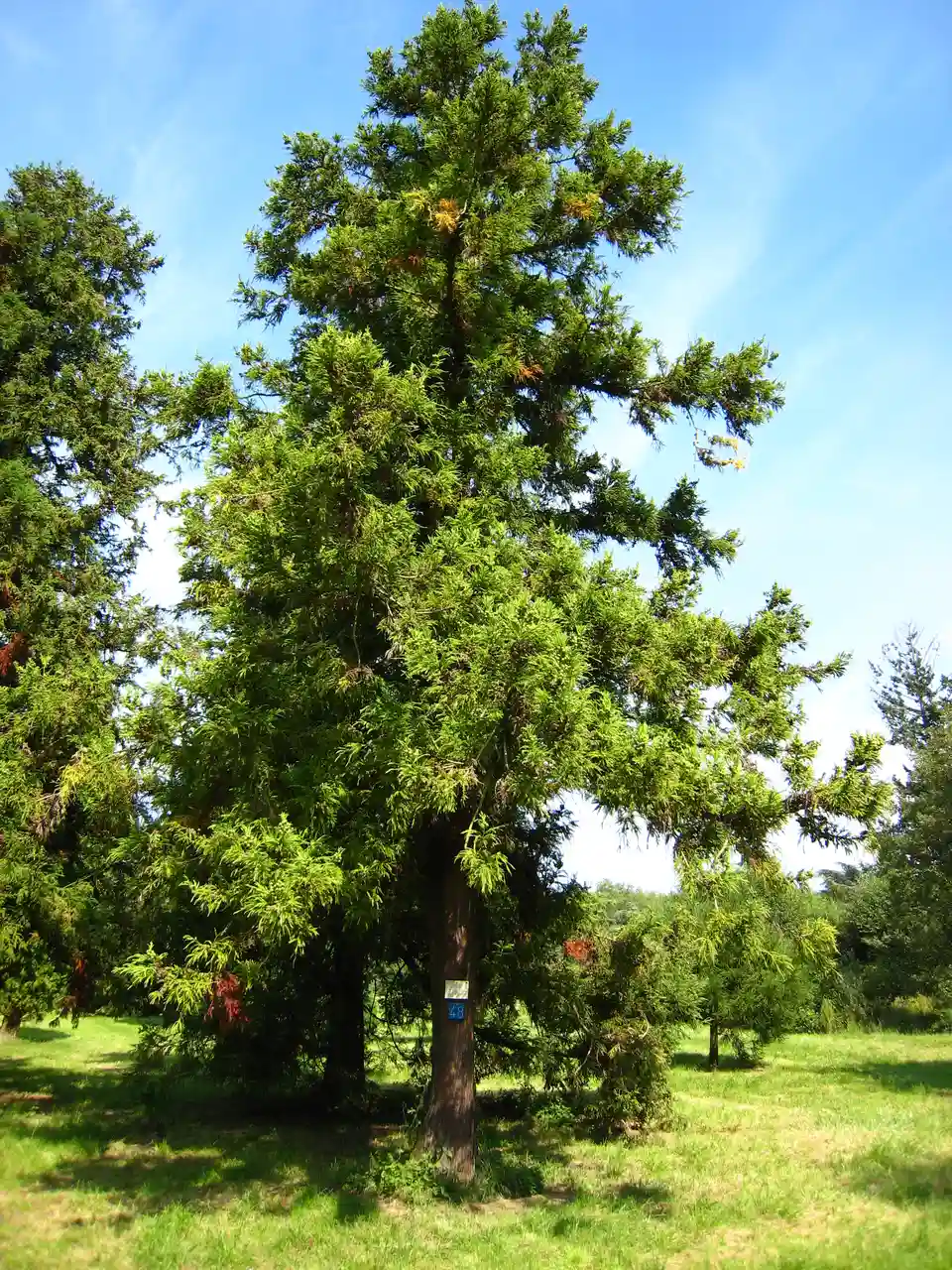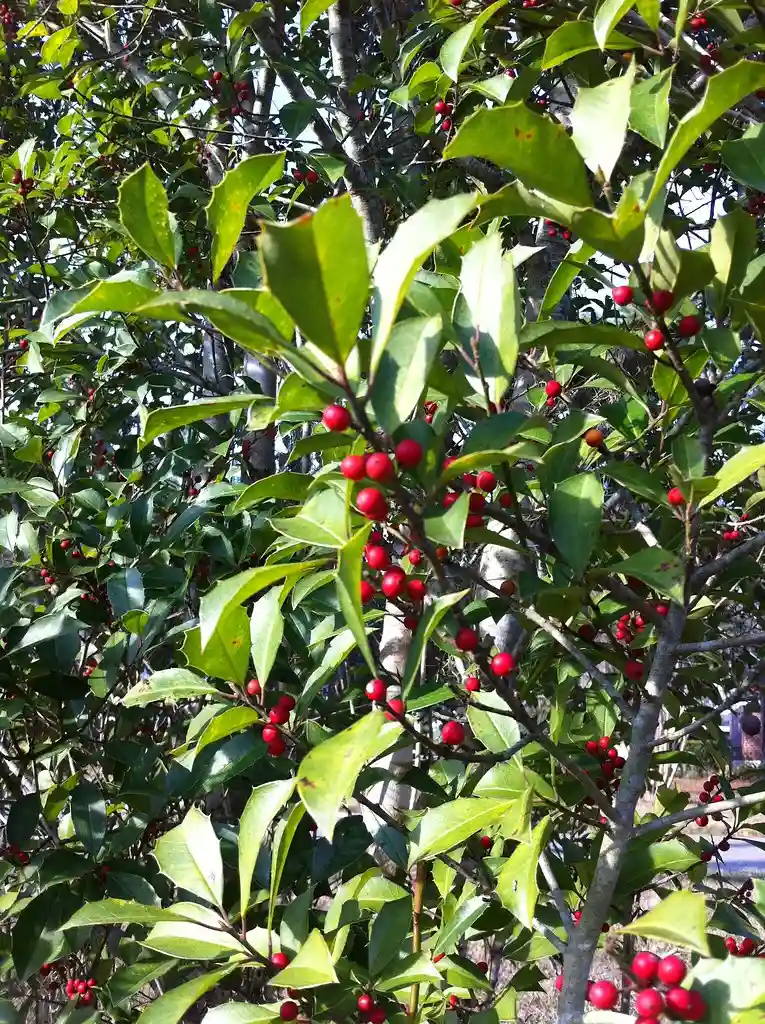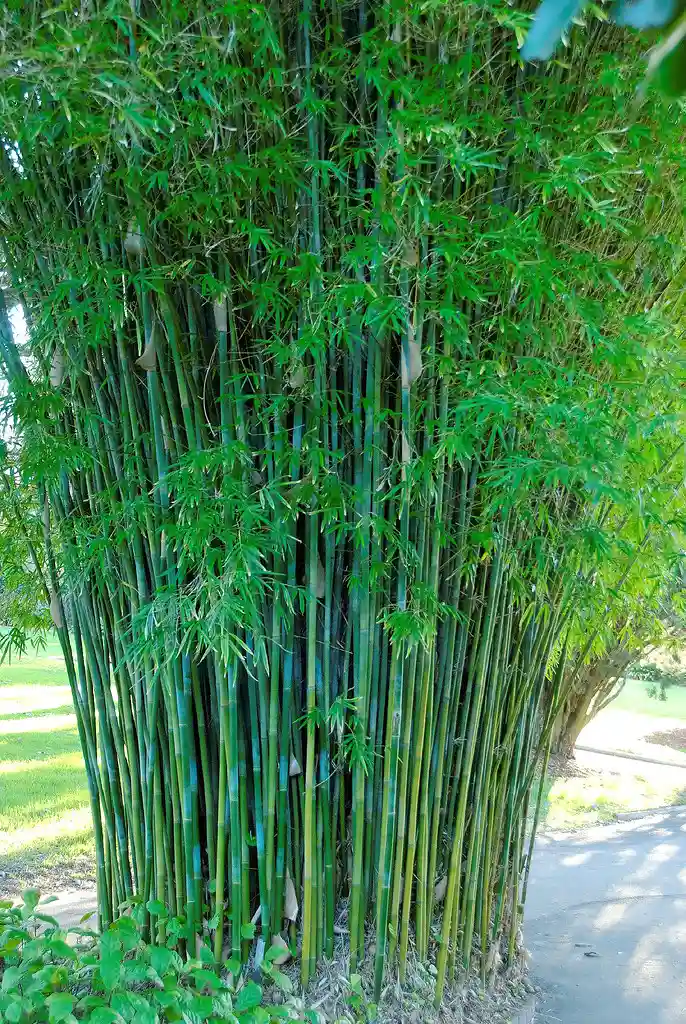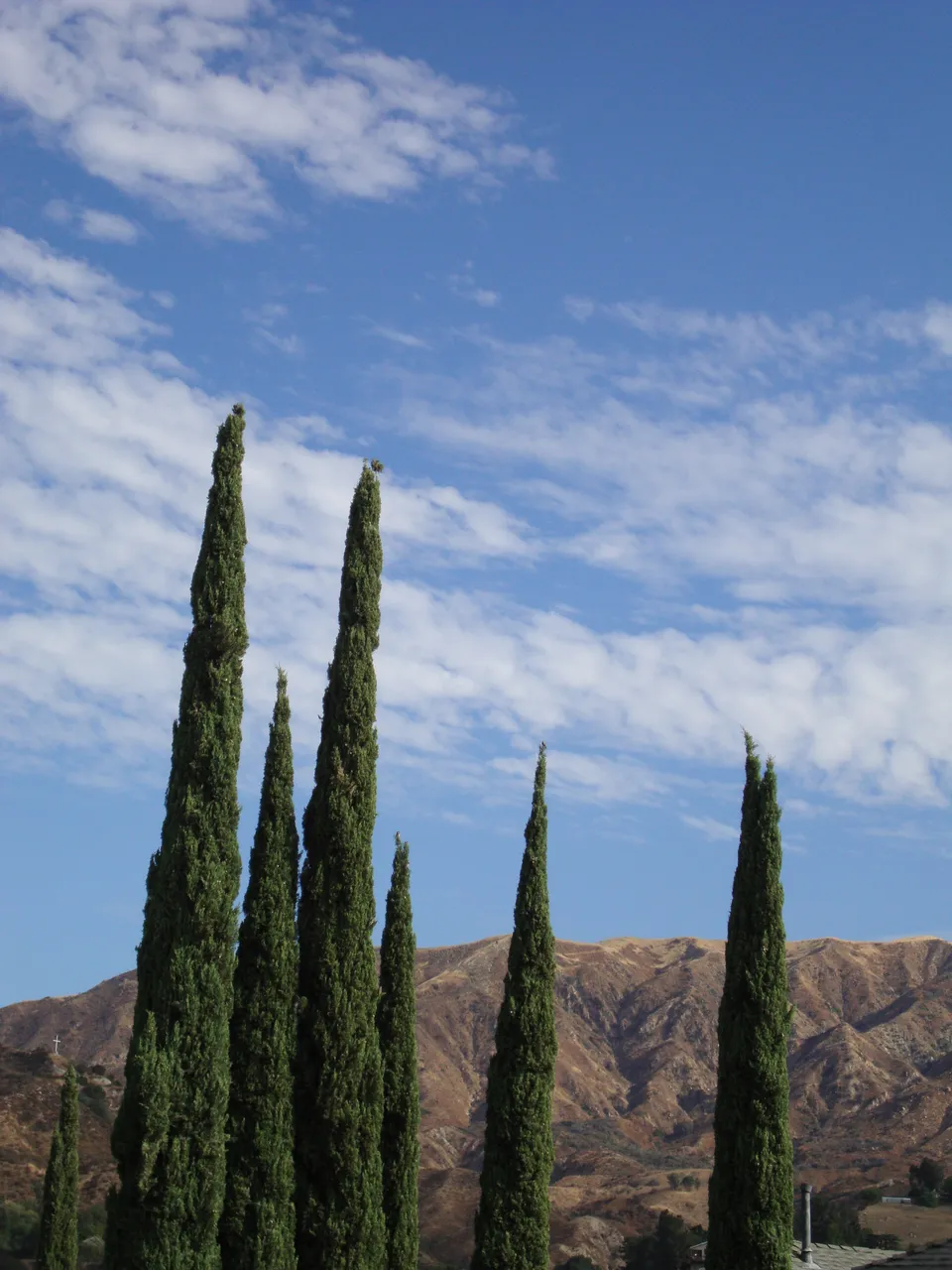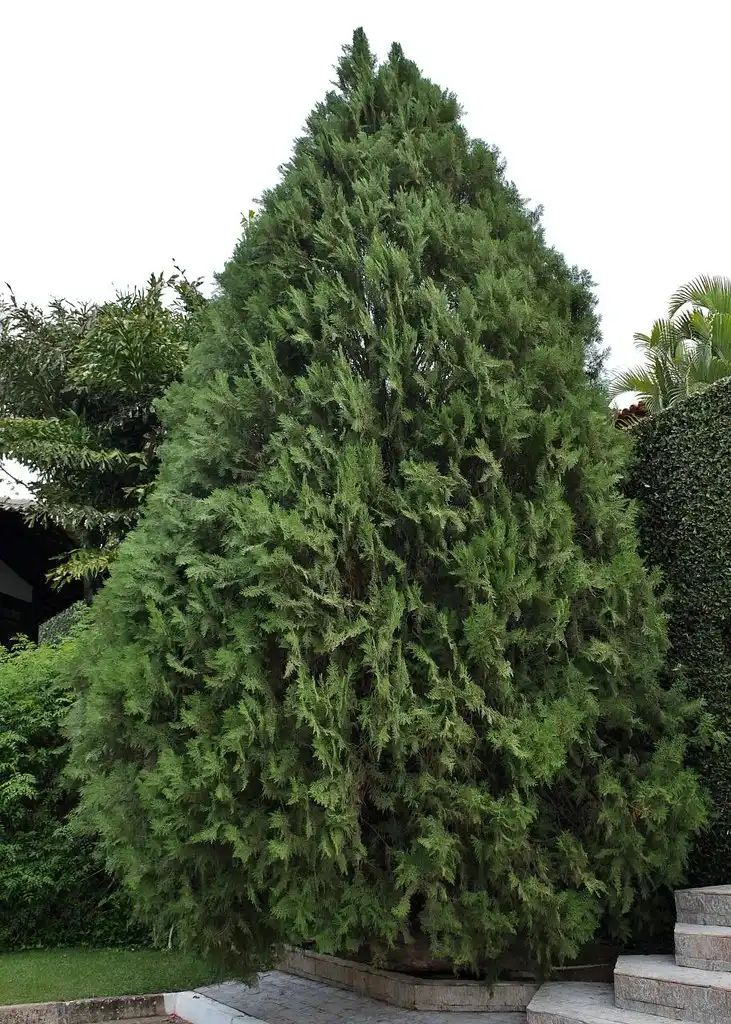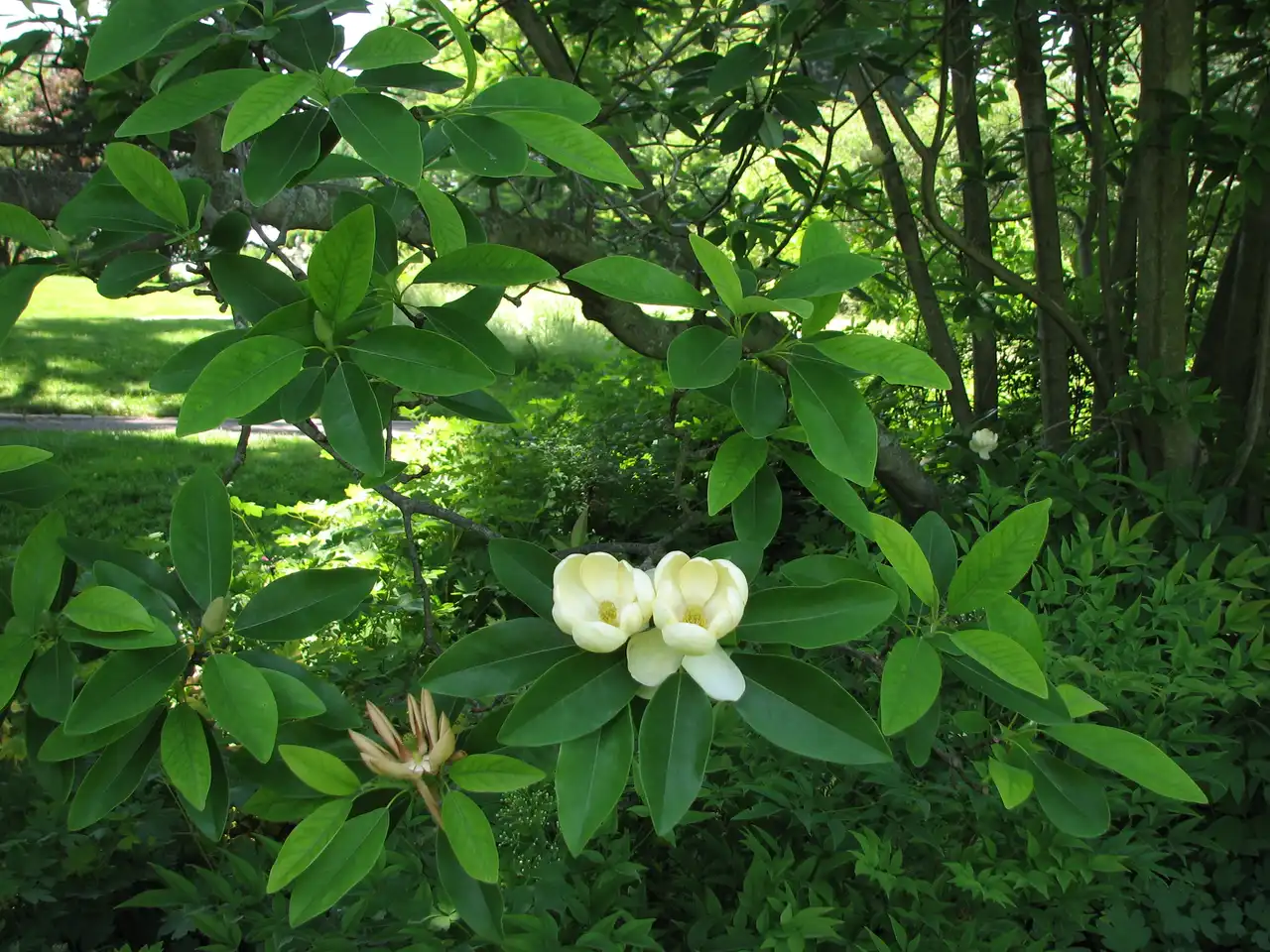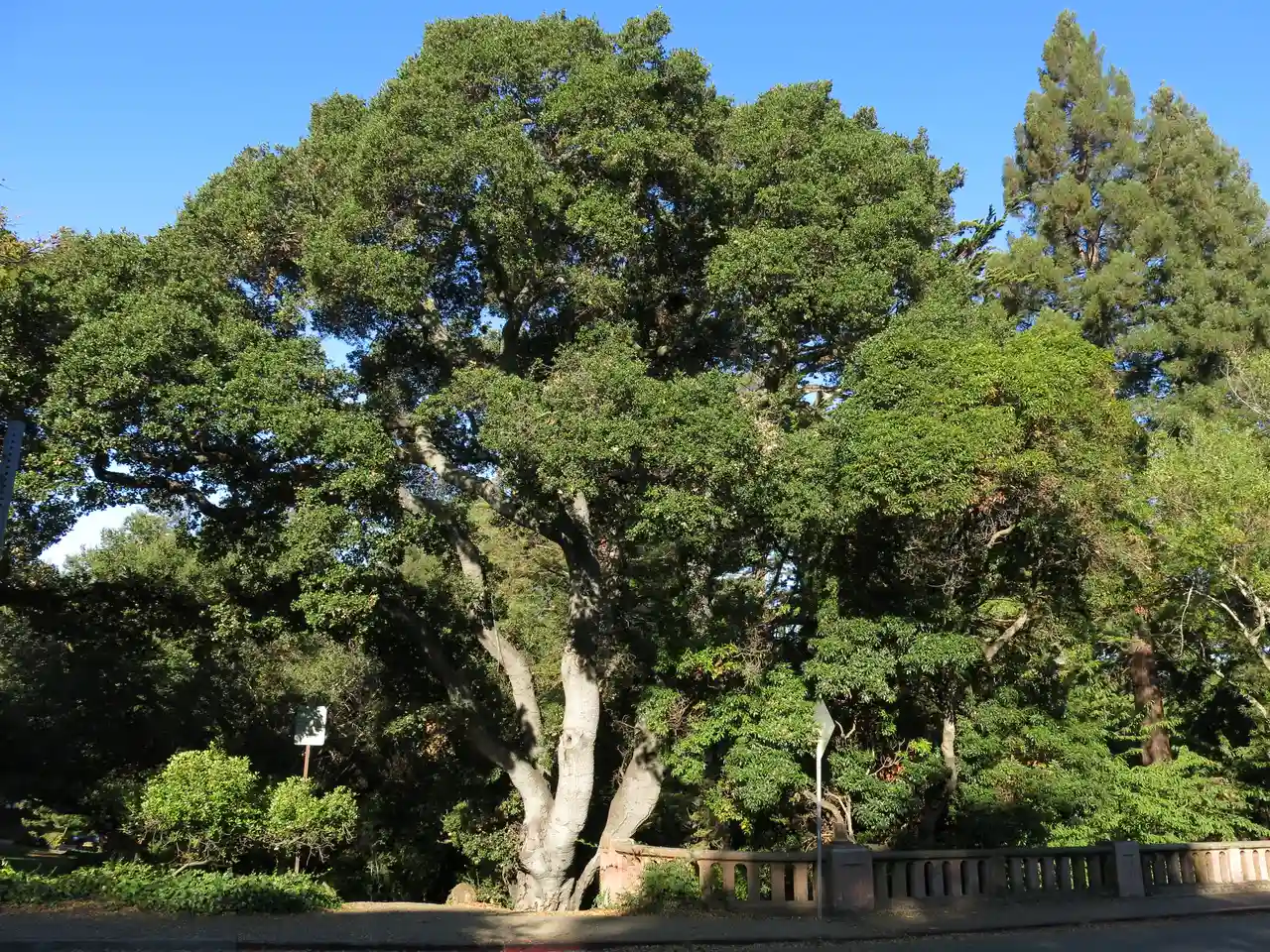As someone who’s spent years working in my own backyard and helping neighbors with their garden projects, people often ask me about creating privacy without waiting forever. I never know where to start, because choosing the right trees for your space can feel overwhelming when you’re staring at your bare fence line. So, instead, I decided to research the fastest-growing options that actually work.
“When people want privacy, they usually want it yesterday,” says my friend who runs a local nursery and has helped hundreds of homeowners tackle this exact problem. “The good news is there are plenty of trees that can give you real screening in just a few years, not decades. You just need to pick the right ones for your climate and space.”
While every yard is different, there are some reliable fast-growers that work in most situations — if you can narrow down your options. With that in mind, here are 18 of the fastest-growing privacy trees to get you started on creating your own backyard retreat.
- Fastest growing option: Leyland Cypress
- Best for small yards: Green Giant Arborvitae
- Most affordable choice: Bamboo varieties
- Best for windy areas: Eastern Red Cedar
- Easiest to maintain: Hybrid Poplar
- Best year-round coverage: Emerald Green Arborvitae
Leyland Cypress
When you need serious privacy fast, the Leyland Cypress delivers like few other trees can. Growing up to 4 feet per year, this evergreen creates a thick, green wall that blocks out neighbors and street noise in just a few seasons. You’ll love how easy it is to maintain—just plant it and watch it grow. Keep in mind that these trees prefer well-draining soil and full sun to partial shade for best results. Also remember to space them about 6-8 feet apart when planting a privacy hedge, as they’ll fill in quickly and need room to spread their branches properly.
Green Giant Arborvitae
Green Giant Arborvitae lives up to its name by shooting up 3-5 feet each year once established. This evergreen creates a thick, dense wall of green foliage that stays lush year-round. The soft, feathery branches grow in a natural pyramid shape without much pruning needed. It handles cold winters well and adapts to different soil types, though it prefers steady moisture. Plant them about 6-8 feet apart for a solid privacy screen. Hardy in zones 5-8. These trees can reach 50-60 feet tall at maturity, so make sure you have the space for their impressive size.
Hybrid Poplar
If you’re looking for serious speed, hybrid poplars are hard to beat. These trees can shoot up 5 to 8 feet each year, which means you’ll have a decent privacy screen within just a few seasons. Keep in mind that hybrid poplars work best when planted in rows, since their narrow shape means you’ll need several to create solid coverage. Also remember that these fast growers need plenty of water, especially during their first few years. The trade-off for all that speed is a shorter lifespan than slower-growing trees, but if you need privacy quickly, that might be worth it.
Willow Hybrid
When you need serious privacy fast, willow hybrid trees deliver results that’ll surprise you. These trees can shoot up 6 to 10 feet per year once established, which means you’ll have a decent screen in just a couple of seasons. One thing to keep in mind is that willow hybrids need plenty of water to maintain their rapid growth, so make sure you’re prepared to keep them well-hydrated. Also remember that while they grow quickly, they’ll need regular pruning to keep their shape looking neat and prevent them from getting too wild. Plant them about 5 feet apart for the best privacy coverage.
Eastern Red Cedar
Eastern Red Cedar might not be the speediest grower on this list, but it’s worth considering for your privacy needs. You can expect about 12-24 inches of growth per year, which means you’ll need some patience before it reaches full screening height. One thing to remember is that this native tree handles tough conditions better than most evergreens—it thrives in poor soil, drought, and extreme temperatures that would stress other privacy trees. Also keep in mind that Eastern Red Cedar develops a naturally dense, pyramid shape without any pruning on your part, so you won’t need to spend weekends with hedge trimmers to maintain that privacy barrier you’re after.
Lombardy Poplar
If you need privacy fast, the Lombardy Poplar might be your answer. These tall, narrow trees can shoot up 6 feet per year, creating a living wall in just a few seasons. Keep in mind that they prefer full sun and well-drained soil to reach their full potential. One thing to note is that these trees have a relatively short lifespan of about 15-20 years, so they work best as a temporary solution while slower-growing trees mature. Also remember that their shallow root system means they can be vulnerable to strong winds, so plant them in a protected area if possible.
Dawn Redwood
Dawn Redwood might surprise you – it’s actually a deciduous conifer that drops its needles each fall. This fast-growing tree can shoot up 2-3 feet per year, making it perfect for creating privacy screens quickly. The soft, feathery foliage emerges bright green in spring and turns rusty orange before falling. Despite its ancient origins, Dawn Redwood adapts well to modern landscapes and tolerates various soil conditions. It prefers moist, well-draining soil and full sun to partial shade. Hardy in zones 4-8, this tree can eventually reach 70-100 feet tall with a nice pyramidal shape that works great for screening.
Cryptomeria japonica
Japanese cedar grows at a steady pace and can reach impressive heights of 50 to 60 feet, making it a solid choice for privacy screening. One thing to remember is that this evergreen prefers well-draining soil and thrives in partial shade to full sun conditions. The tree develops a pyramid shape naturally, so you won’t need much pruning to maintain its form. Also keep in mind that Cryptomeria japonica handles various soil types well, though it performs best in slightly acidic conditions. Its dense foliage provides year-round coverage, and the reddish-brown bark adds visual interest to your landscape.
Nellie Stevens Holly
Nellie Stevens Holly grows fast and makes an excellent privacy screen for your yard. You can expect this evergreen to reach 15-25 feet tall and 8-12 feet wide at maturity. The glossy dark green leaves stay put year-round, giving you constant coverage. Small white flowers appear in spring, followed by bright red berries that birds love. This holly handles different soil types well and grows in both full sun and partial shade. It’s also drought-tolerant once established. The dense branching pattern creates a solid barrier that blocks unwanted views. Hardy in zones 6-9, it’s a reliable choice for southern gardeners.
Skip Laurel
Skip laurel grows at a steady pace of about 2 feet per year, making it a solid choice for creating privacy screens without the long wait. You’ll get thick, glossy green foliage that stays put year-round, so there’s no worrying about bare spots in winter. The tree handles pruning well, which means you can shape it to fit your space perfectly. Keep in mind that skip laurel prefers well-draining soil and can handle both full sun and partial shade. Also remember that regular watering during the first year helps establish strong roots, but once settled, it’s fairly drought-tolerant.
Bamboo Clumping
Clumping bamboo creates a thick, natural screen that grows quickly without taking over your entire yard. Unlike running bamboo varieties, this type stays put and won’t spread beyond where you plant it. Most clumping bamboos can reach 8 to 25 feet tall depending on the species you choose. The dense canes and leaves block views year-round since bamboo stays green through winter. Plant them about 3 to 5 feet apart for the best coverage. They prefer well-drained soil and can handle both sun and partial shade. Hardy in zones 5-10 depending on variety.
Italian Cypress
Italian Cypress trees grow tall and narrow, making them perfect for creating a living fence without taking up much yard space. You’ll want to plant them about 3-4 feet apart for good coverage, and they can reach 40-60 feet high while staying only 3-4 feet wide. These Mediterranean natives love full sun and well-draining soil, plus they’re quite drought-tolerant once established. Keep in mind that while they grow fairly quickly—about 1-3 feet per year—they do best in warmer climates and might struggle in areas with harsh winters or heavy snow that can damage their branches.
Murray Cypress
Murray Cypress trees grow surprisingly fast for an evergreen, which makes them a smart choice when you need privacy in a hurry. You can expect them to shoot up about 3 to 4 feet each year once they get established in your yard. Keep in mind that these trees prefer well-draining soil and handle drought pretty well after their first year or two. Also remember that Murray Cypress can reach heights of 30 to 40 feet, so make sure you plant them far enough from your house and power lines to give them room to spread out.
Little-Known Fact:
This ancient cypress tree in Murray, Kentucky has been standing tall for over 1,000 years, making it one of the oldest living things in the entire state. What’s really cool is that you can actually walk right up to this massive tree and touch its bark – it’s like shaking hands with history itself.
American Hornbeam
American Hornbeam grows at a moderate pace and creates excellent natural screening for your yard. This native tree develops a smooth, gray bark that looks great year-round. The leaves turn bright orange and yellow in fall before dropping. You’ll get the best growth in partial shade with moist, well-draining soil, though it adapts to various conditions. It typically reaches 20-30 feet tall and wide at maturity. The tree produces small catkins in spring and attracts birds with its seeds. Hardy in zones 3-9. Works well as an understory tree or hedge.
Sweetbay Magnolia
Sweetbay Magnolia grows at a moderate pace and works well as a privacy screen in smaller yards. The tree produces creamy white flowers in late spring that smell like lemons, followed by interesting red seed pods in fall. Its leaves are dark green on top with silvery undersides that flutter in the breeze. This native tree adapts to wet or dry soil and can handle both sun and partial shade. It typically reaches 10-20 feet tall and stays fairly narrow. Hardy in zones 5-9. The tree attracts butterflies and birds while requiring little maintenance once established.
Live Oak
Live Oak trees grow at a moderate pace and can reach impressive heights of 40-80 feet with equally wide canopies. These sturdy trees keep their leaves year-round in warmer climates, making them excellent for privacy screening. The thick, leathery leaves create dense coverage that blocks views effectively. They prefer full sun and well-draining soil but adapt to various conditions once established. Live Oaks develop strong, spreading branches that create natural privacy barriers. Hardy in zones 7-10, they work best in southern regions. Look for: ‘Cathedral Oak,’ ‘Highrise,’ and standard Southern Live Oak varieties for backyard plantings.
Bald Cypress
Bald Cypress trees might surprise you with their fast growth rate, reaching 1-2 feet per year when young. These tall, narrow trees work well for privacy screens since they can grow 50-70 feet high with a spread of 20-25 feet. The soft, feathery foliage turns a lovely orange-brown in fall before dropping. What makes them special is their ability to thrive in wet or dry conditions – they’re native to swamps but adapt to regular garden soil just fine. Hardy in zones 4-10, they’re also quite resistant to pests and diseases once established.
Incense Cedar
Incense Cedar grows at a moderate pace and can reach heights of 70-90 feet when mature. This evergreen forms a natural pyramid shape with dense, scale-like foliage that stays green year-round. The bark has a reddish-brown color and develops attractive furrows as the tree ages. Small cones appear on mature trees, adding visual interest. Incense Cedar handles drought well once established but grows faster with regular watering. Prefers full sun to partial shade and adapts to various soil types. Hardy in zones 5-8. The dense branching pattern makes it excellent for blocking views and reducing noise.
